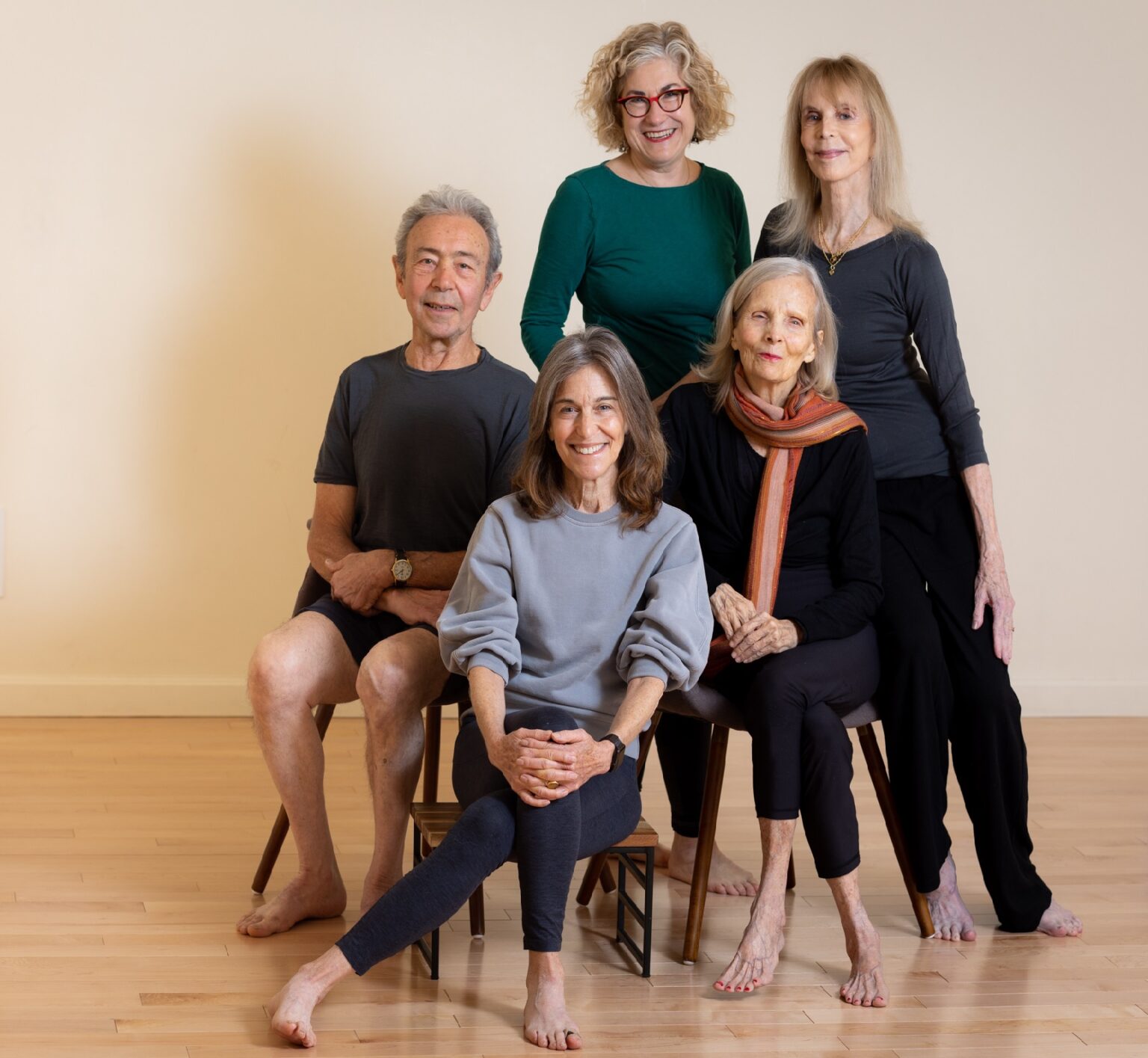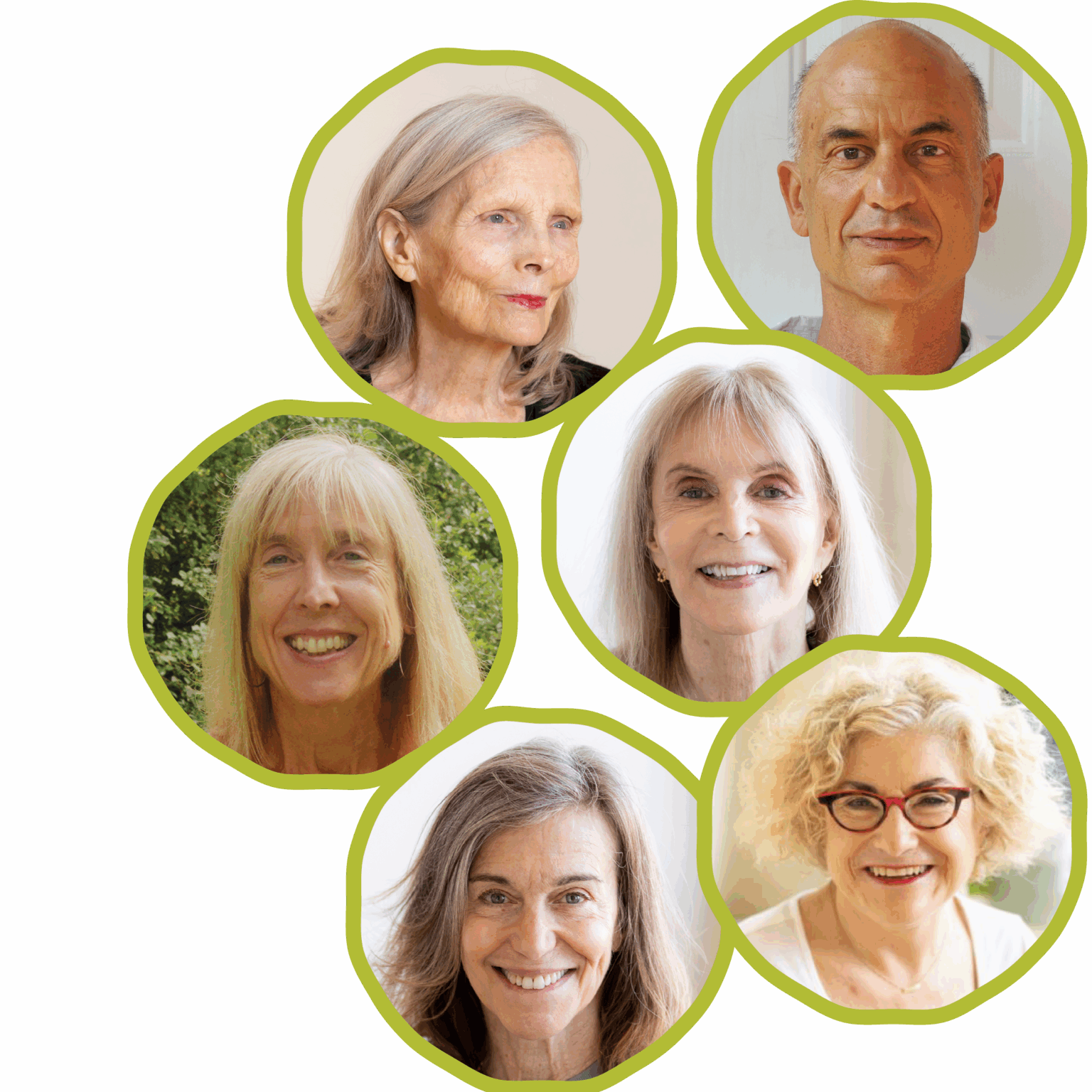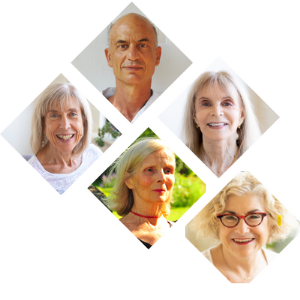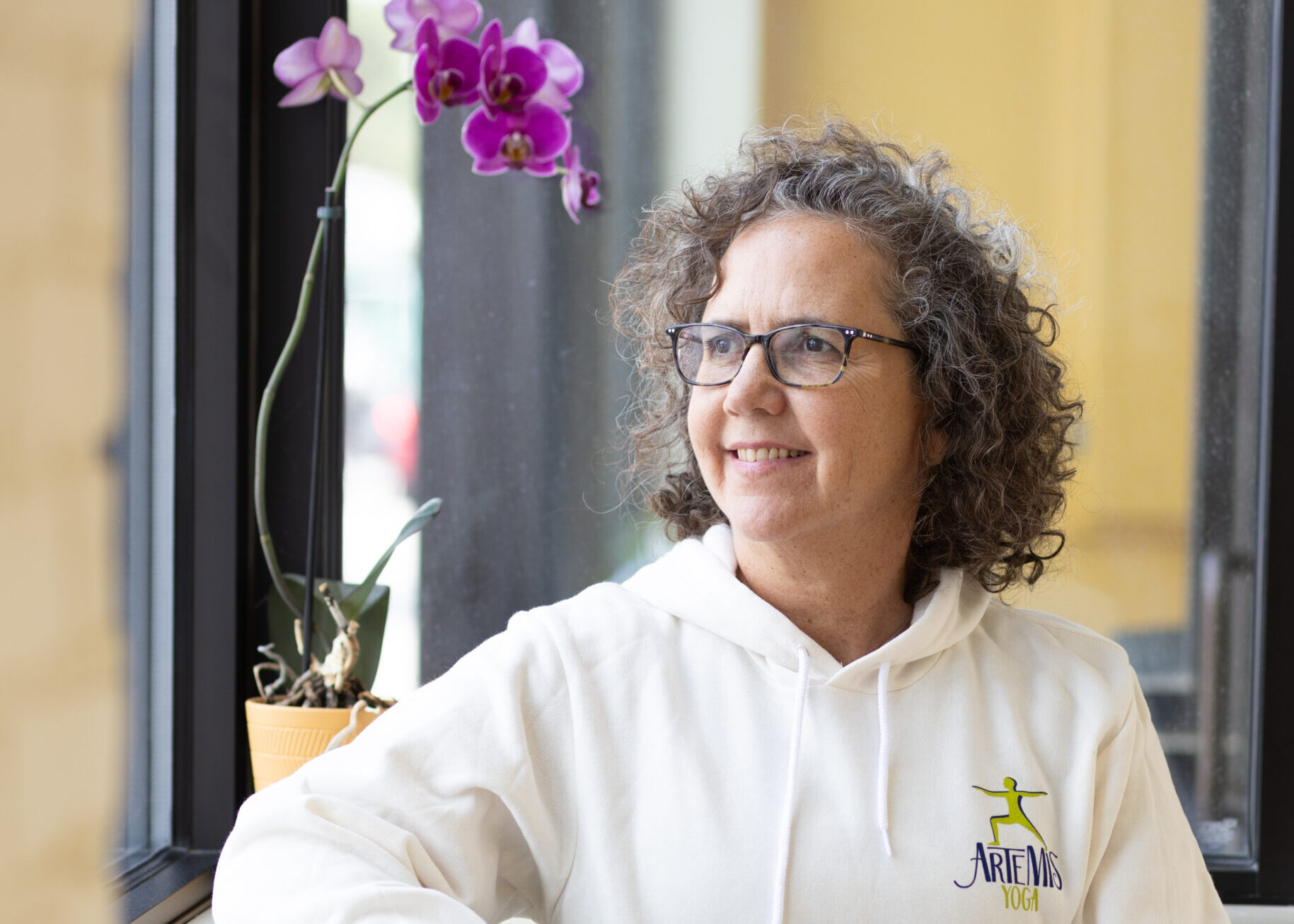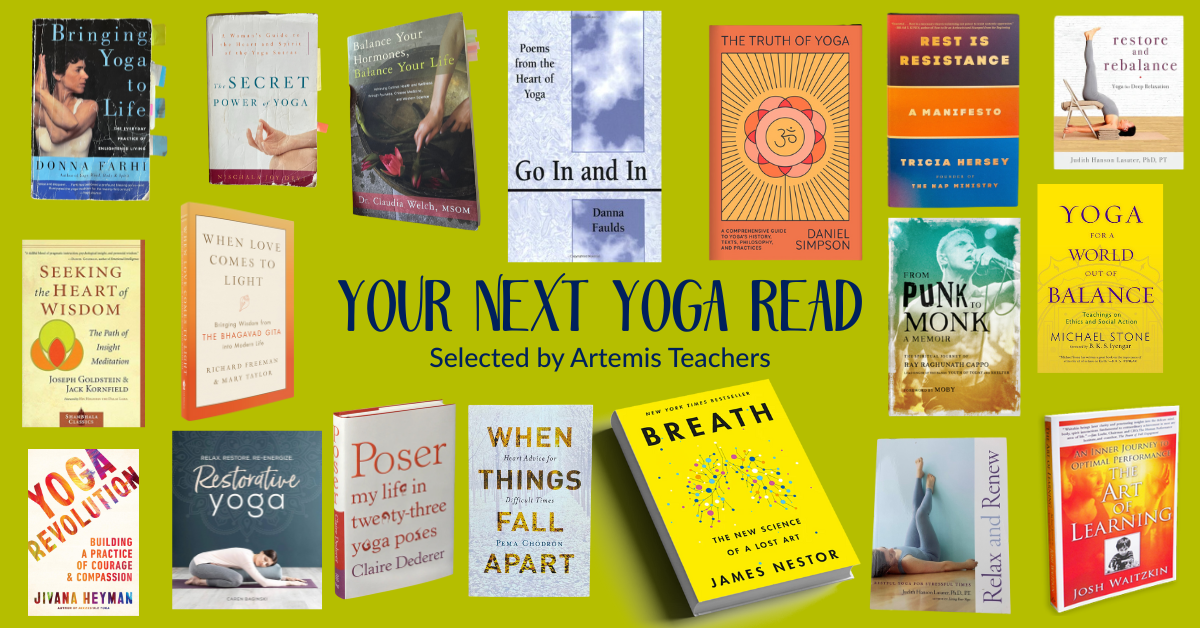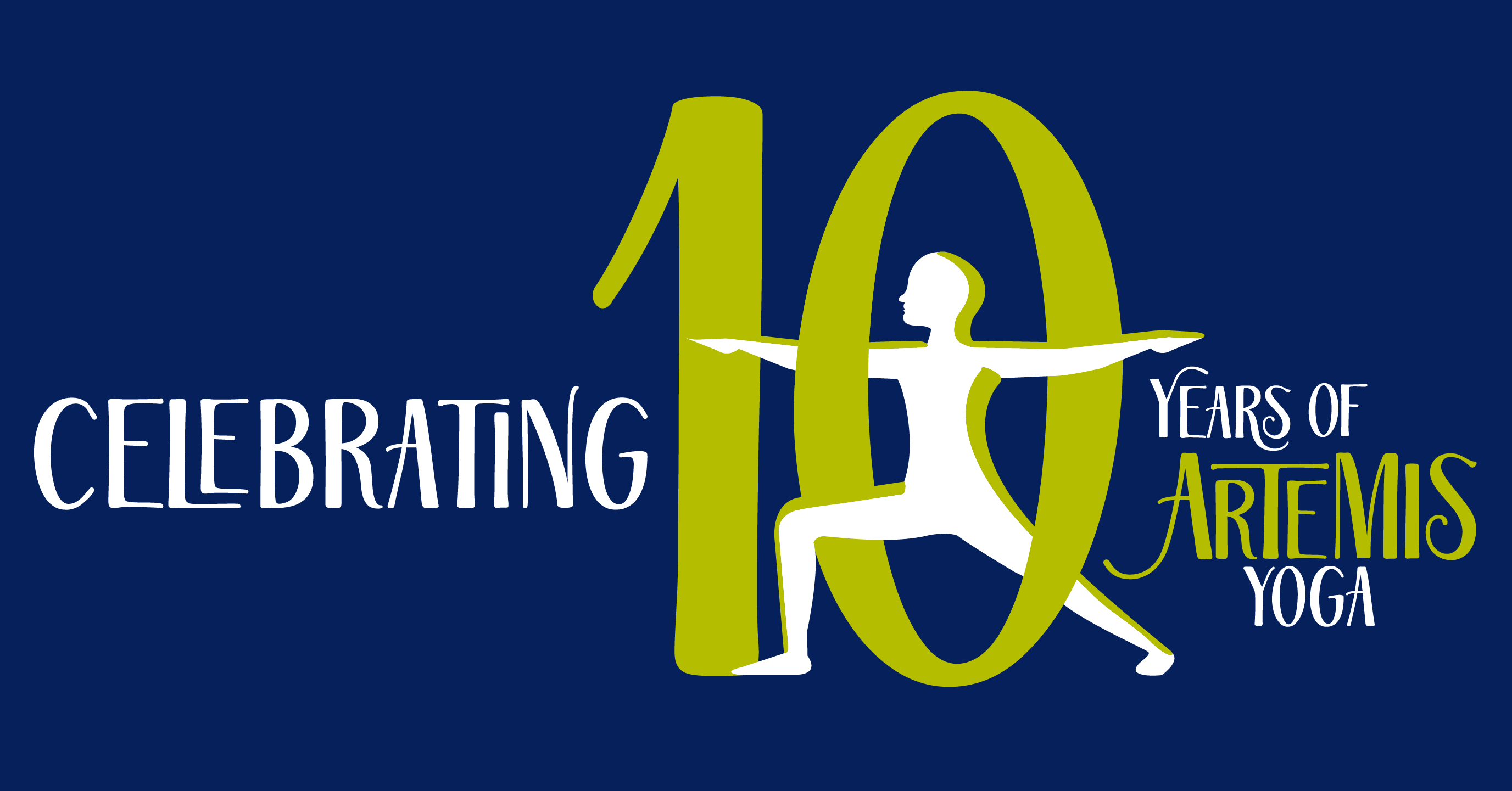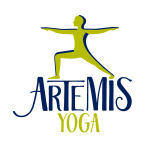Allowing the Unfolding: Yoga and Aging
by Rahel Wasserfall Ph.D, CIYT
In Sutra 2.1 of Patanjali, we are presented with the 3 instruments of yoga, Tapas/ enthusiasm, svadyayah/ self study and Isvarah pranidhana/ cultivating humility*. These instruments are a very practical road map for living a full life. They are universally seen as the main acts of yoga, yet as we age they may attain different valence in one’s life. How do we allow their wisdom to unfold into a graceful aging process?
The challenges and processes of aging have been the focus of a committed group of Senior Iyengar teachers. In this short essay, I am grappling with our communal learning. I am grateful to stand at the feet of my dear teachers: Karin Stephan, Patricia Walden, Eyal Shifroni, Peentz Dubble, Roni Brissette and David Goldblatt**.
Exploring the means to maintain strength and foster resilience as our bodies age, we learn to be bold as well as cautious in our approach to our practice. Dwelling on the many facets of BKS Iyengar’s legacy of prop usage help us maintain an active practice for as long as possible. Yoga practiced intelligently moves through the body’s resistance and helps us avoid injuries. Fostering strength is yet only one aspect of facing our aging, sensitivity to the body we have in each practice becomes as well central as frailty sets in. Strength, we soon learn is not enough in our unfolding. We also need tools to shift perspective and move away from a mind of grasping the poses, of wanting to achieve more. Our younger selves might have wanted to do more and more but such a mind in an older body creates suffering. As abilities change, moving away from grasping the poses is essential. We need to shift our approach and discover a mind that uses yoga to find our purpose. Why is it that we practice? And what is it that we practice?
Incrementality is itself a technique, one that refines our aging body. Acclimating the body by focusing on the stages of the poses and not our false vision of a final pose becomes a lifeline. We learn to ask what is essential about that pose, what kind of space does it creates in the body. We are reminded of BKS Iyengar’s saying “I used to play, now I stay”. As we work this way each one of us discovers what it is that our practice uncovers.
What unfolded through the seasons of practicing is the challenge of uncovering the wisdom that practice brings. Where does this work of building resilience slowly with incrementally and shifting our perspective bring us? What kind of wisdom is discovered by this careful and sensitive work on our aging bodies and mind?
We certainly must face the grief of not being able to do what we were able to do years before. For some of us our body might age quicker than our mind, and we feel a lot of grief. This might mean that we push beyond our limits and create more harm than benefit. But sometimes, it is the mind that ages quicker than the body. In that case we might stop before we have to. How do we both keep challenging ourselves appropriately and also not berating ourselves about the losses? How do we learn the art of letting go, of unfolding?
Approaching the practice with curiosity is one piece of wisdom that was unveiled. Can we ask ourselves: what happens when “I do this action, and then this action?” So, slowing down and penetrating and infusing the body with awareness helps us grasp many layers of our being. This new work of deepening our sensitivity honed by years of practice brings a satisfaction that our younger selves could not have appreciated. Slowing down, we learn to let go of our narrow definition of what advanced work means.
We stop trying to compare ourselves to the poses in “Light on Yoga”. Mr. Iyengar was 57 in that book’s images, and he had practiced since he was 12 for many hours a day. We need humility to see that we have not practiced that long or that way, so why should we expect the same results? We need to remind ourselves that as he aged, Mr. Iyengar also practiced differently. He used more props, staying longer in different supported poses. As we age we must find a new balance between doing and not doing, and asking ourselves why are we practicing and for what purpose? In such a manner we unveil the wisdom of yoga practice. As we practice with awareness, we also become clear of our physical boundaries and the work we need for the body we have at this moment (Tapas/ enthusiasm ). We accept that there can be no perfection. By staying present in our practice , our mind remain steady and does not rush to conclusions. We do not practice for our ego anymore but for being at ease in the body we have (Svadyayah/self study), so that we can have a useful life till the end, (Isvarah pranidhana/humility) . We live our lives moment by moment.
As we shift perspective, we become more aware of ourselves and our connections to the wider world. We understand that all beings are connected, and our gaze moves away from just focusing on our boundaries and what is not working well. By changing perspective we allow ourselves to glimpse the totality of our being, our connections to others, and what “samadhi” could actually mean: being in communion with all beings.
From that changed perspective, we unveil wisdom, we are able to find gratitude and joy for what we have, we can move from despair to hope and joy and back again with a smile. For me seeing my grandchild gives me that window into pure joy, while experiencing my chronic shoulder pain brings feelings of despair. Wisdom is to be able to hold both our growing despair in the world as well as future hope. It allows us to move away from seeing only what is not working well, what is broken, and the litany of our daily bodily woes.The wisdom might be to recognize that the body might feel diminished but our sense of being-ness might be expanding. And we need to learn to live in that tension.
*Translation by Ruben Vasquez in Unravel the Thread
**Since 2022, I have had the wonderful privilege to work with these compassionate, knowledgeable and committed Senior Iyengar Yoga teachers. Working with Liz Padula at Artemis, we convened the 3 years of the YogaAndAging program. See yogaandaging.com
